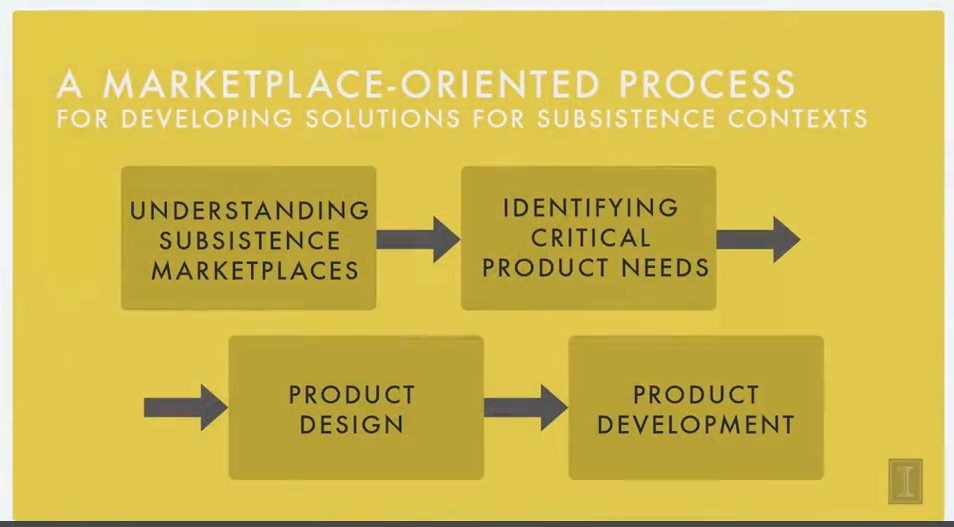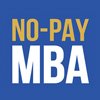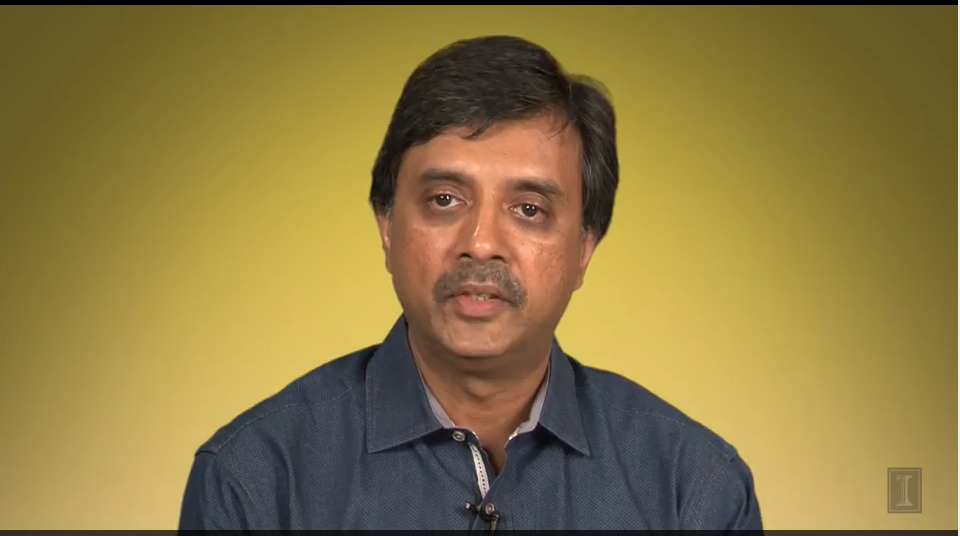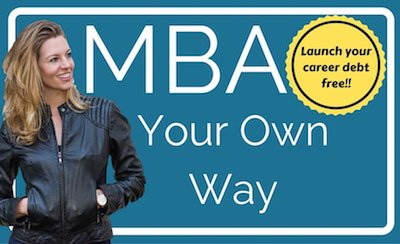As I’ve mentioned previously, my goal in taking MBA courses is not to go into finance or consulting. Rather, I want to build skills that are relevant to the international development work I am already doing, and eventually to move from public sector development work to related work in the private sector. I am currently taking a course that is a great bridge between these two, aptly titled Subsistence Marketplaces.
What I like about Subsistence Marketplaces is the difference in approach from previous courses I have taken on development, both in undergraduate and graduate school. This course looks at the markets that exist in places where much of people’s daily activity is about survival. It doesn’t ask why people are poor or analyze the interventions foreign governments have undertaken to help them; it doesn’t look at the history of poverty and development. Not that these more traditional approaches to studying poverty and development aren’t important, but it is refreshing to look at a subject I know well from a different angle.
In Subsistence Marketplaces we are trying to get inside the minds of poor consumers, understand their lived experience, observe how they operate in the marketplace and from there, design products to serve their market. I’ve seen this type of analysis before – in How to Build a Startup, where I learned the importance of mapping out “A Day in the Life” of your intended customer. This exercise helps to identify the daily frustrations the consumer experiences and the types of innovation that could result in a marketable product. For consumers living in poverty, it helps to understand the reasons – and there is always a reason - for behaviors that may not at first make sense to an outsider. For example, why buy from a store that charges higher prices? (Answer: it’s run by a neighbor who gives credit.)
 Our ultimate goal in this course is to come up with a product that could be marketed to the mass of poor people who constitute the base of the economic pyramid, otherwise known as the BOP. In recent years some interesting solutions for BOP consumers have gotten a lot of attention, for example M-Pesa (mobile phone-based banking for the poor) and microfinance (credit and savings for the poor).
Our ultimate goal in this course is to come up with a product that could be marketed to the mass of poor people who constitute the base of the economic pyramid, otherwise known as the BOP. In recent years some interesting solutions for BOP consumers have gotten a lot of attention, for example M-Pesa (mobile phone-based banking for the poor) and microfinance (credit and savings for the poor).
Coming up with a product for the BOP is easier said than done. As any Peace Corps volunteer can tell you, poor people are experts at navigating their environments, and just because a new way of doing things sounds like a good idea to you – organic gardening, say – doesn’t mean people will rush to adopt it once you’ve told them the good news. You may have overlooked the voracious leaf-cutter ants that flout any attempt short of noxious pesticides at controlling their apetites, or any number of other impediments to adopting a new technology. The same goes for any product or intervention aimed that the BOP market; business people and development professionals alike can benefit from a rigorous analysis of their product/intervention’s value proposition within the context of the lives of the people they are trying to serve.
In product development, once you have developed an understanding of the lives of your customers, you move on to identify some of their most salient needs. From there, you pick a need that you think you can address with an innovative solution. Sounds simple enough, but it’s tough to come up with an innovation so useful that poor people will be willing to part with scarce money. I’m not sure if I’ll hit on anything brilliant by the time it’s due - so far, I haven’t managed to come up with anything that doesn’t already exist in the BOP market – but the assignment has got me scouting marketable solutions.




